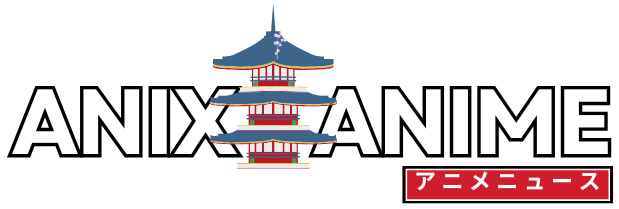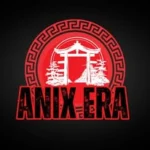The Uzumaki anime, adapted from Junji Ito’s chilling manga, was eagerly anticipated by fans of horror and anime alike. However, the second episode of the series has sparked significant controversy and disappointment among viewers. This blog explores the factors that led to the backlash and examines what fans found lacking in this crucial installment.
Animation Quality Concerns
One of the primary criticisms leveled at the second episode was the noticeable dip in animation quality. After a strong debut, expectations were high, but fans were left underwhelmed by the visuals in the follow-up episode. The animation was described as lacking fluidity and detail, which are essential in capturing the eerie atmosphere integral to Uzumaki’s horror. This decline in quality detracted from the immersive experience that the series had initially promised.
Another point of contention was the storytelling pace and execution. Fans felt that the episode failed to deliver the same level of suspense and psychological horror that Junji Ito’s manga is renowned for. The narrative seemed rushed, with key moments that lacked the depth needed to fully engage viewers. This deviation from the source material’s methodical buildup of tension left many feeling unsatisfied.
Loyal fans of the Uzumaki manga expressed disappointment over the anime’s perceived failure to faithfully adapt the original work. Ito’s manga is celebrated for its intricate storytelling and haunting visuals, which were not fully realized in the anime adaptation. The episode’s inability to capture the nuanced horror and symbolism of the spirals, a central theme in the manga, was a significant letdown for many viewers.
Impact on Series Reception
The backlash against episode two has undoubtedly impacted the overall reception of the Uzumaki anime. While the series still retains a dedicated fanbase, the controversy has raised questions about the production team’s ability to maintain consistency throughout the adaptation. This episode has become a cautionary tale about the challenges of adapting beloved source material into a different medium, highlighting the importance of maintaining quality and fidelity to the original story.
Fan reactions ranged from disappointment to frustration, with many expressing their concerns on social media and online forums. Some fans held out hope for improvements in subsequent episodes, while others voiced skepticism about the series’ direction. In response, the creators and production team have acknowledged the feedback, promising to address the issues and enhance the viewing experience in future episodes.
The controversy surrounding the second episode of Uzumaki serves as a reminder of the complexities involved in adapting a beloved manga into an anime. While the series faced challenges, it also provided an opportunity for growth and improvement, ultimately contributing to the evolving landscape of anime adaptations.




